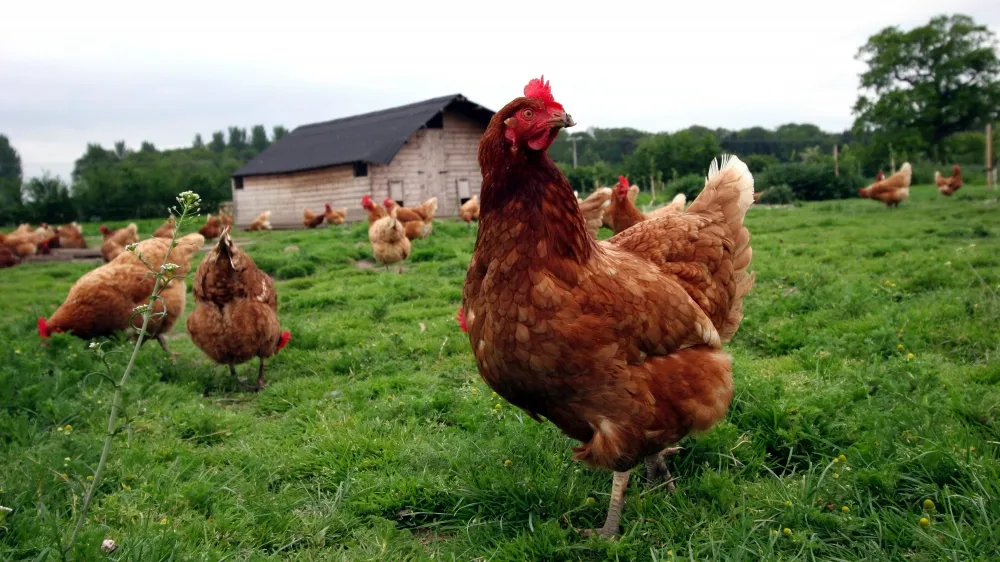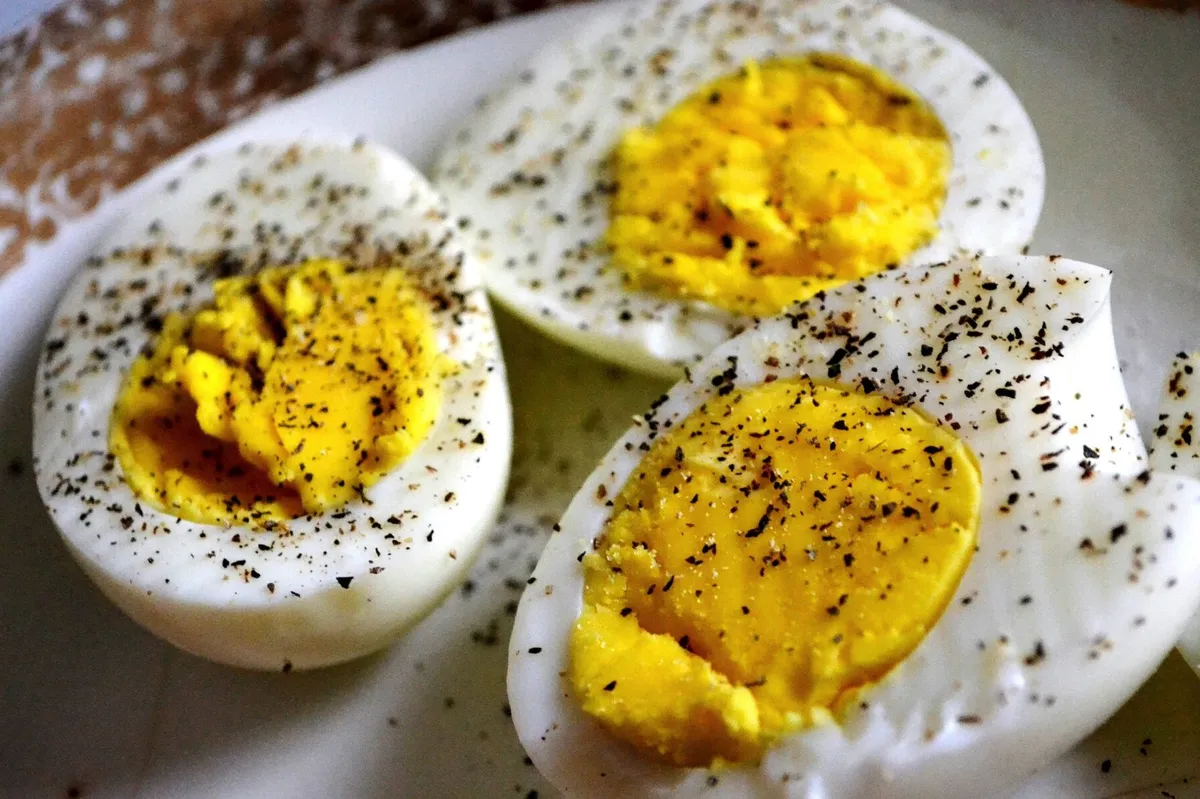It’s usual to think of eggs as a good source of protein – and they are. A small hen’s egg will provide 6g of good quality protein. This is found almost entirely in the egg white, while the yolk is a rich source of cholesterol, fat and vitamin E.
Ask any school child and they will tell you that protein is needed for growth. Although your shoe size may not have changed for years, that doesn’t mean you’ve stopped growing. New skin, hair and nail cells are always being made – and this takes protein. Body cells are constantly being broken down and re-built.
Exercise stimulates this process by increasing protein turnover, and in fact the net result, from your 50 to 100 miles in the saddle, is an overall loss of protein.
Dr Chris Fenn, Accredited Nutritionist explains...
How much protein do you need?
Most active women need around 66 to 80g protein per day, men need 84 to 98g. Four small eggs, two mouthfuls of chicken and 1 pint of semi-skimmed milk will provide almost 60g protein, so it’s not difficult to eat enough.
But it is not protein so much that the body needs from food, as the smaller units – amino acids – from which proteins are constructed. There are 20 different amino acids which can be linked in a multitude of combinations to make hundreds of different proteins. All 20 must be present at the same time to make a protein though – if one is missing, there is no finished product.
It’s like a bicycle manufacturer who wants to make 100 cycles. He needs 100 frames, 200 wheels and 200 pedals but if he only has 80 saddles, he can’t finish the job. The body can make 12 of the 20 amino acids but needs to get the other eight from foods – which is where eggs come in, as they contain all of the essential amino acids.
Another advantage of eggs is their high satiety value – the measure of a food’s ability to satisfy hunger – making the humble egg one of nature’s richest convenience foods. For instance, if you are heading out on a long cycle ride, it is important to eat enough quality carbohydrate foods before you set off and take carbohydrate snacks with you, as a top-up later on.
The nutrient quality of eggs is, not surprisingly, affected by the quality of the diet fed to the laying hens
But a common reaction to high carbohydrate meals is light-headedness and hypoglycaemia. The solution is not to limit your intake of carbohydrates but rather to add in some protein. This takes longer to digest compared with most carbohydrates, so has the effect of helping you feel fuller for longer and to help prevent hypoglycaemia. So a couple of eggs as part of a high carbohydrate breakfast before a long ride is the perfect choice.
The cholesterol question
The only problem is that eating eggs is often frowned on because they are one of the richest sources of cholesterol – people will tell you that the chances of keeling over with a heart attack are greater than getting knocked off your bike! But fear not! For most healthy cyclists high cholesterol foods are a minor cause of raised blood cholesterol; saturated and processed (hydrogenated) fats are the real enemy.
These are around six times more likely to push up artery clogging cholesterol levels in your blood than eating cholesterol rich foods. However, if you do suffer from high blood cholesterol, diabetes, or have a family history of heart disease, it is important to restrict your cholesterol intake. The World Health Organisation recommends an upper limit of 300mg cholesterol per day (one medium egg yolk contains 200mg cholesterol).

The nutrient quality of eggs is, not surprisingly, affected by the quality of the diet fed to the laying hens. The system of egg production from battery hens is now illegal. However, the new term for intensive production is ‘barn egg’.
If you are concerned about animal welfare, give these a miss. The system allows the housing of thousands of birds in one room – with each bird allotted a space about the size of of a sheet of A4 paper.
Under the UK Soil Association (SA) standards, the organic system recommends a flock size of 500 and the birds are free to roam outside. They are fed an organic diet and the routine use of antibiotics is prohibited.
The Lion mark on some British eggs is a measure of food safety, rather than animal welfare. The mark simply shows the hens have been vaccinated against Salmonella. Seek out fresh, authentic free range (from a local farm where you can see the hens running about) or SA certified organic eggs – for their flavour as well as nutritional value.
